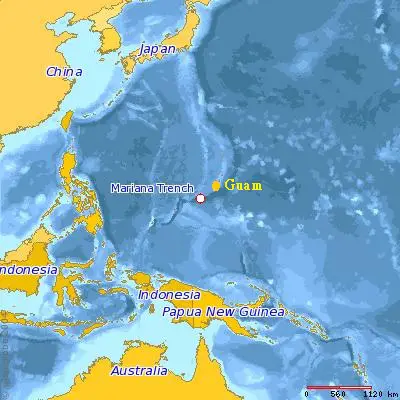Kawasaki Kisen Kaisha, Ltd. (“K” Line) and Namura Shipbuilding Co., Ltd. (Namura Shipyard) a joint Approval in Principle (AIP), are awarded by Classification society DNV GL for their new LNG-fuelled Ore Carrier concept design. The new design offers the same deadweight and service speed as the reference WOZMAX® vessel while meeting EEDI phase 3 requirements.
In the shipping industry interest in gas as a marine fuel is on peak, in particular, due to the incoming sulphur cap and IMO’s Green House Gas (GHG) reduction targets. The technical maturity, efficiency, availability, and emissions reduction of LNG as a ship fuel means that it is becoming an attractive and viable option for many vessels, especially for new building projects.
The new LNG-fuelled ore carrier design from “K” Line and Namura Shipyard, is based on Namura’s second-generation WOZMAX® ore carrier which is a vessel with the optimum size to transport iron ore from Western Australia. The new LNG-fuelled design modifies the cargo hold without changing the hull form or sacrificing significant cargo capacity and locates the tanks in the midships. The ship can undertake a round trip between Singapore and Brazil without needing to bunker operating on LNG.
“We were very pleased to work with “K” Line and Namura to approve this design,” says Stian Sollied, Country Manager Japan, DNV GL – Maritime. “It offers another avenue for shipowners to meet incoming environmental regulations while remaining competitive in terms of cargo capacity. LNG is a solution that could help to shrink the shipping industry’s environmental footprint over the next few years and it is great to see new options in different ship types. We look forward to working with “K” Line and Namura to see this design in operation in the near future.”
DNV GL’s Maritime Forecast to 2050, which is a part of the research behind the DNV GL Energy Transition Outlook 2018, projects that more than 10 percent of the world’s shipping fleet will be LNG-powered by 2030. The report also anticipates that LNG-powered vessels will make up 23 percent of the world’s fleet by 2050.
An Approval in Principle is an independent assessment of a concept within an agreed framework, which confirms that the design is feasible and no significant obstacles exist to prevent the concept from being realized. At an early stage the AIP is typically carried out to confirm its feasibility towards the project team itself, company management, external investors or future regulators.
Reference: dnvgl.com
from WordPress https://www.maritimemanual.com/dnv-gl-awards-k-line-namura-shipbuilding-aip-new-lng-fuelled-ore-carrier-design/

No comments:
Post a Comment